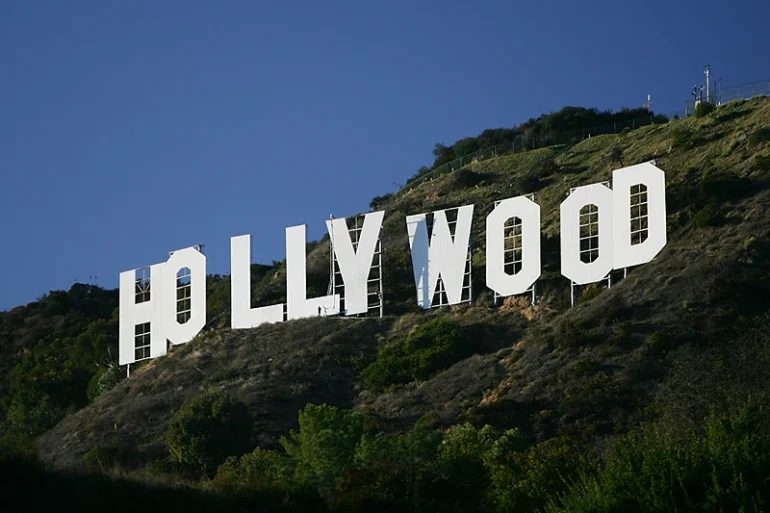🔴 Website 👉 https://u-s-news.com/
Telegram 👉 https://t.me/usnewscom_channel
OAN Staff Abril Elfi
4:55 PM – Tuesday, April 22, 2025
Movie and television productions in Los Angeles have dropped, with shooting days decreasing by 22% in the first quarter of the year — compared to 2024.
Advertisement
“It is happening. We have been continually losing our market share,” said Colleen Bell, executive director of the California Film Commission. “These times require bold moves.”
Governor Gavin Newsom (D-Calif.) and Democrat lawmakers are still moving forward with legislation that would significantly expand financial incentives to recoup TV and movie production.
For years, filmmakers have increasingly relocated their productions from Los Angeles to other states and countries offering more lucrative tax incentives and financial returns. Additionally, the era of streaming service popularity has decreased the hefty earnings that film productions previously made before Netflix, Amazon, Hulu, HBO, and Apple TV became the norm.
Streaming services have disrupted traditional film revenue models in several ways, leading to reduced earnings for many film productions:
- Decline in Theatrical Revenue: With streaming platforms offering immediate or simultaneous releases, fewer people are going to theaters. This reduces box office revenue, which has historically been a major source of income for films.
- Flat Licensing Fees: Streaming platforms typically pay a one-time licensing fee or a production budget upfront, rather than allowing a film to earn based on ticket sales or syndication. This caps the film’s earning potential, regardless of its popularity.
- Shorter Revenue Lifespan: Films used to generate income over time through theatrical runs, DVD/Blu-ray sales, TV rights, and international distribution. Streaming compresses that revenue window, often concentrating all earnings into a short period after release.
- Increased Competition and Content Saturation: Streaming services release a vast amount of content, making it harder for individual films to stand out and sustain attention, thereby limiting long-term profitability.
Assemblymember Rick Zbur, elected in November 2022 to represent California’s 51st Assembly District, offered his perspective on the issue.
“The governor’s proposal actually increases the tax credit from $330 million to $750 million,” Assemblyman Zbur said. “I actually was thinking two years ago we needed this. I’ve known that that has been a problem. I think we’ve had a bit of an issue educating legislators in other parts of the states to understand what a crisis we’re facing now.”
The municipal and county film-permitting offices reported that all of the key filming categories it monitors fell during the period. The most affected was television production, which fell by 30.5% to 1,670 shoot days during the quarter, but feature film production was not far behind — plunging by 28.9 percent to 451 days.
According to a report by FilmLA, they mirrored the impact of worldwide production cuts as well as California’s continued loss of jobs to competing territory.
FilmLA also argued that the wildfires that ravaged the Pacific Palisades and Altadena communities had little impact on filming in the Los Angeles area.
According to the group’s most recent data, the localities hosted 1,405 shoot days over the last four years, accounting for around 1.3% of all regional filming. Approximately 545 unique filming locations fell within the flames’ burn zones, which are still off-limits by order of Los Angeles City and County.
Stay informed! Receive breaking news blasts directly to your inbox for free. Subscribe here. https://www.oann.com/alerts
Advertisements below

